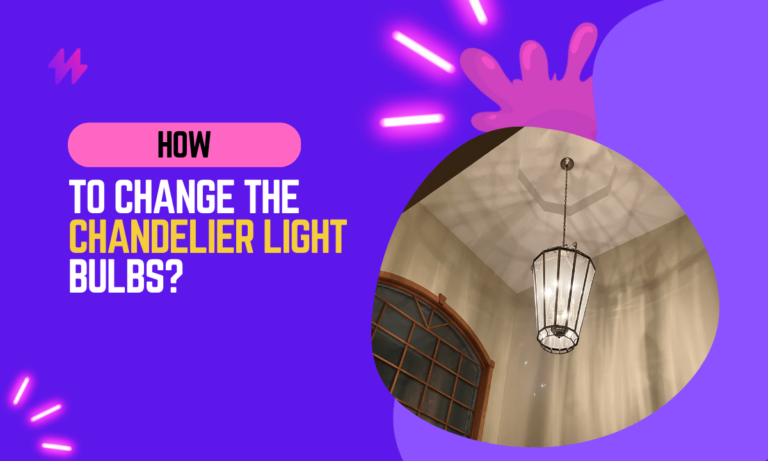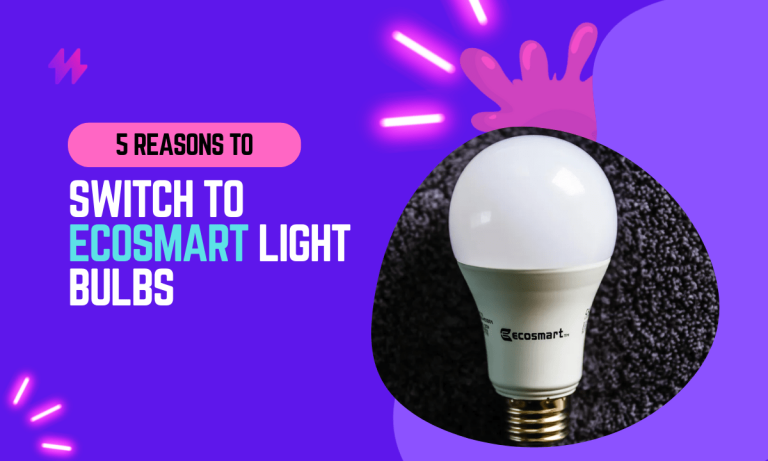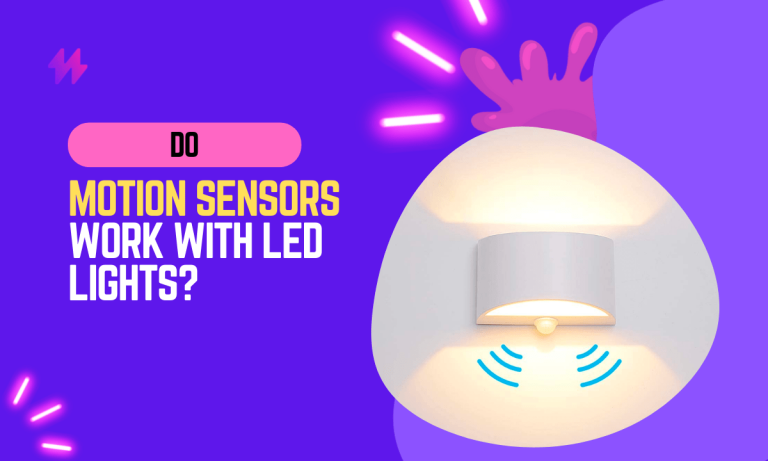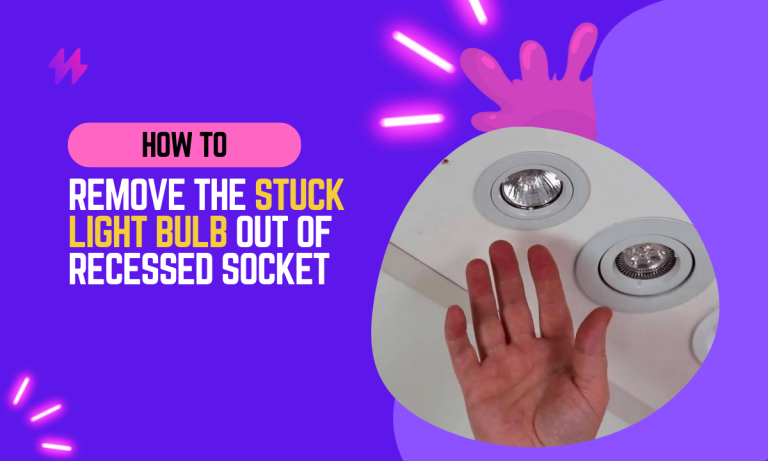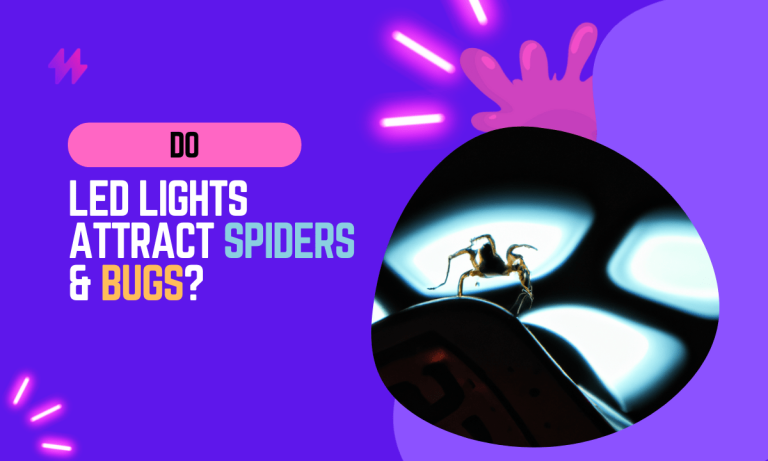How To Make LED Lights Brighter
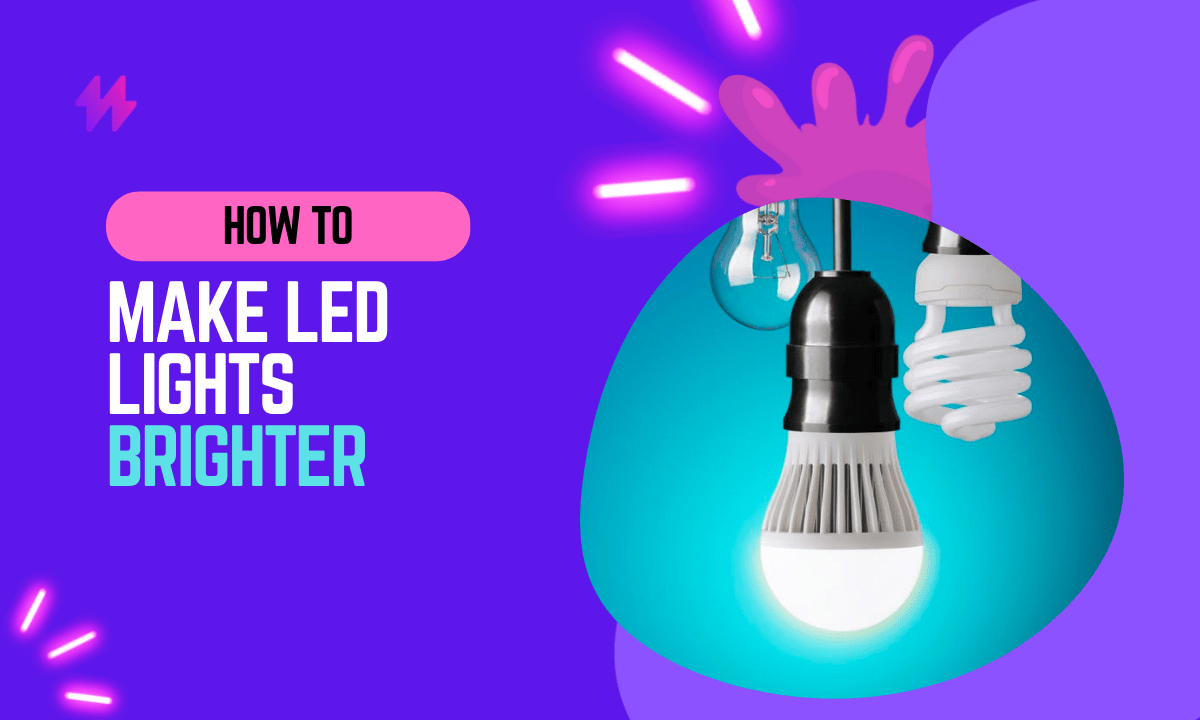
Just like any other technology, LED lights can lose their brightness over time. And a dim LED light is like having a sports car with a broken accelerator – it’s just not as fun. That’s why the brightness of the LED light is important! It affects the ambiance of your space and can even impact your mood.
So, if you’re tired of being stuck in a dimly lit room, you’ve come to the right place.
In this blog, we’ll take a deep dive into the causes of LED lights losing brightness and give you tips on how to make LED lights brighter.
Causes of LED Lights to Lose Brightness
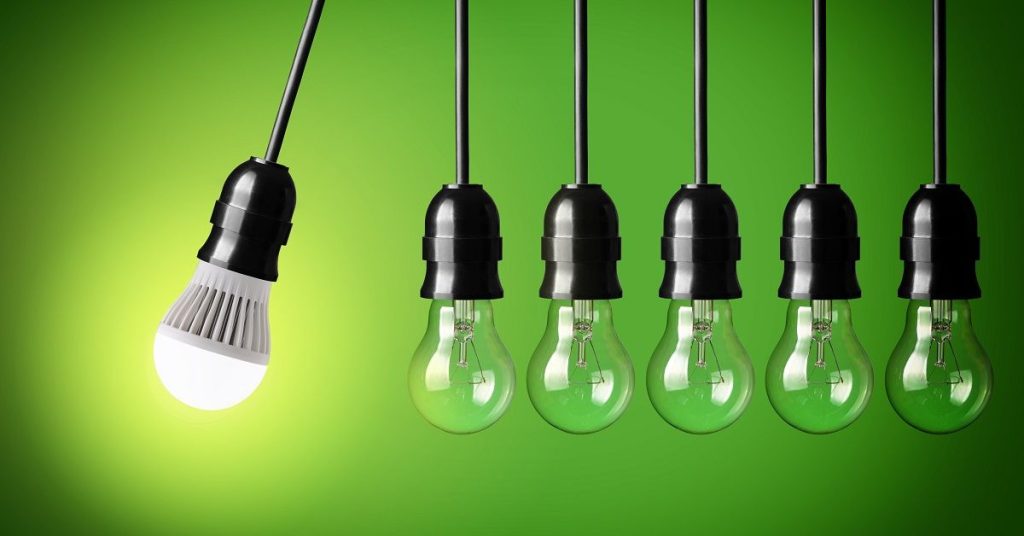
There can be multiple causes why your LED lights are not bright as it was in the beginning. Below you can see some of the major causes:
Lifespan
LED lights have a longer lifespan than traditional lighting options, but they’re not immune to aging. Just like how we slow down as we get older, LED lights also lose their brightness over time. It’s inevitable.
Temperature
Temperature can also play a role in LED brightness. LED lights tend to brighten up when it’s cooler, but when it’s hot, they tend to fade. It’s like how you feel after a long day in the sun – tired and dull.
Loose wire connection
Lastly, a loose wire connection can cause LED lights to lose brightness. It’s like a phone charging with a loose cord – it just doesn’t work as well. So, make sure your LED lights have a secure connection to keep them shining bright.
How To Make LED Lights Brighter?
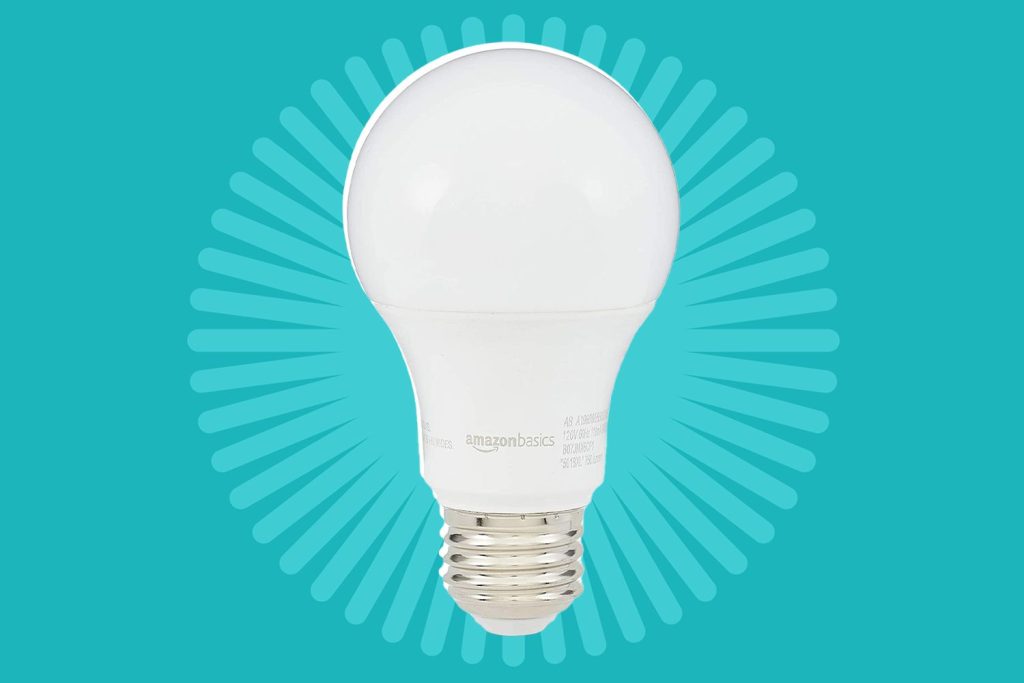
Making LED lights brighter is a simple task that can be done in multiple ways. We have compiled 6 methods to make LED lights brighter.
Use a lampshade or reflector to enhance LED brightness
Have you ever noticed how a lampshade can change the entire ambiance of a room? The same goes for LED lights. Using a lampshade or reflector can enhance their brightness and help direct light where you need it most. It’s like wearing a hat on a sunny day – it makes everything better!
If you want to focus your light and reduce light loss, you can always adjust the beam angle to make it more concentrated. The reflector can be adjusted to lower the beam lamps if you don’t point it directly at your line of sight. Lampshades are designed to make the light softer, but you can choose to switch to a material that lets more light pass through.
There are also lampshades that can be angled to reflect more light toward you. A reading lamp may seem like the obvious choice, but you might consider a lamp with a larger reflector to focus more light on the area you want to illuminate.
Switch to a higher color temperature LED lights to increase brightness
Another way to make LED lights brighter is to switch to a higher color temperature. LED lights come in different color temperatures, ranging from warm white to cool white.
Cooler temperature lights have the big advantage of appearing brighter than warm lights, even with the same power consumption. By switching to a cooler Kelvin for your LED light bulbs, you can make everything look brighter. This is because the whiteness of cool white gives objects and paper a hot appearance. Some may consider it light glare, but in rooms where you want things to stand out, it can work well.
Warm light is nice and comfortable, but if you want a brighter light, you can opt for a higher Kelvin rating. Just ensure not to go too high as it could become too intense for prolonged exposure. Some people may find cool white or daylight LED bulbs to be too bright.
Learn more: How to fix broken LED light strips
Select the LED lights with Luminous Efficiency
If you’re looking to get the most out of your LED lights, choosing bulbs with the right Lumens for your fixture’s wattage is important. Don’t expect a brighter outcome by putting LED lights into a fixture that doesn’t match the wattage – it’ll just end up being dimmer and not good for either the fixture or the bulb.
To ensure a good match, you should adjust the Lumen output based on the wattage of your fixture. For example, if you have lamps or fixtures that take a 100-Watt incandescent bulb, you can replace it with a 20-Watt LED bulb that has the same Lumen output.
And don’t forget to check that the fixture is compatible with LED lights, otherwise, it could result in LED degradation sooner than expected.
Not sure how many Lumens your 20-Watt bulb is producing? Use our handy Lumen to Watt calculator to find out!
LED Lights Get Brighter with More Voltage – Is it True or A Myth?
You may have heard that LED lights get brighter with more voltage, but that’s not entirely true. In fact, it’s true that giving an LED more current will increase its brightness. But here’s the catch, the amount of current going to the LED affects the brightness too. If the current overloads, it can blow out the LED because it wasn’t designed to handle that much resistance.
So, while the light may appear brighter for a short time, it’ll burn out quicker than it should. The bottom line is, never put an LED light on a voltage it can’t handle.
Good Ventilation makes LED lights brighter
LED lights can pose a significant risk when placed inside an enclosed cover. Despite being cooler than standard bulbs or halogen lights, they can still suffer from heat buildup. If the fixture cover has no ventilation, this can reduce the lifespan of the LED bulb and cause it to dim quickly. However, by ensuring that the fixture has adequate ventilation, the LED lights will remain bright for longer.
Fixtures that allow for 70% ventilation are ideal for LED lights as they ensure proper cooling and enhance the efficiency of the bulbs. As LED lights get hotter, they tend to degrade faster. To ensure optimal brightness, it’s recommended to choose a lamp with built-in ventilation in the fixture.
Check LED lights for Dirt and Dust
Lastly, don’t forget to check your LED lights for dirt and dust. It might seem like a small thing, but checking your LED lights for dirt and dust can make a big difference in brightness. When dirt and dust accumulate on the surface of the LED bulb, it can decrease the amount of light that’s emitted and make the room appear dimmer.
So, it’s always a good idea to regularly check your LED lights and clean them if they’re starting to look a little dirty. It’s an easy way to keep your lights shining bright and keep your room looking bright and well-lit.
Conclusion
In conclusion, enhancing the brightness of LED lights is a practical approach to improving illumination in any environment, be it home, office, or industrial spaces. To achieve this, one must consider several factors that directly impact LED performance, including the quality of the LED chips, the power supply, and the installation setup. Upgrading to high-quality LED chips can provide more lumens per watt, significantly increasing brightness without increasing energy consumption. Additionally, ensuring that the power supply adequately meets the LED’s voltage and current requirements is crucial; insufficient power can result in dimmer lights and reduce the overall efficiency of the system.
Moreover, optimizing the environment in which LEDs are used can further enhance their brightness. Reflective surfaces can amplify light output without additional energy costs by redirecting light that might otherwise be absorbed by dark colors. Proper cleaning and maintenance of LED fixtures are also essential as dust and debris can obstruct light output over time. For those seeking to boost illumination without replacing existing setups, adding more LED strips or bulbs in strategic locations can increase brightness and eliminate shadows. By considering these adjustments and improvements, users can significantly enhance the effectiveness of their LED lighting solutions, ensuring that they provide sufficient light for tasks, ambiance, and decor while maintaining energy efficiency. This not only improves the functionality of the spaces but also contributes to a more vibrant and welcoming environment.

